Plant names? Anyone know?
Lynn Nevins
last year
last modified: last year
Featured Answer
Sort by:Oldest
Comments (23)
Lynn Nevins
last yearlast modified: last yearperen.all Zone 5a Ontario Canada
last yearRelated Professionals
Canton Landscape Architects & Landscape Designers · Glassmanor Landscape Architects & Landscape Designers · Aberdeen Landscape Contractors · Bedford Heights Landscape Contractors · Estelle Landscape Contractors · Saint Paul Landscape Contractors · Tacoma Landscape Contractors · Archdale Stone, Pavers & Concrete · Accokeek Landscape Architects & Landscape Designers · Cottonwood Landscape Architects & Landscape Designers · Chattanooga Landscape Contractors · Clayton Landscape Contractors · College Park Landscape Contractors · Saint George Landscape Contractors · Laurel Siding & Exteriorsfloral_uk z.8/9 SW UK
last yearlinaria_gw
last yearJay 6a Chicago
last yearlast modified: last yeargetgoing100_7b_nj
last yearJay 6a Chicago
last yearperen.all Zone 5a Ontario Canada
last yeargetgoing100_7b_nj
last yeargetgoing100_7b_nj
last yearperen.all Zone 5a Ontario Canada
last yearlizzieswellness
last yearLynn Nevins
last yeargetgoing100_7b_nj
last yeargetgoing100_7b_nj
last yearJay 6a Chicago
last yeargetgoing100_7b_nj
last yearwoodrose
last yearJay 6a Chicago
last yearfloral_uk z.8/9 SW UK
last yearlast modified: last yeargetgoing100_7b_nj
last yearJay 6a Chicago
last year
Related Stories
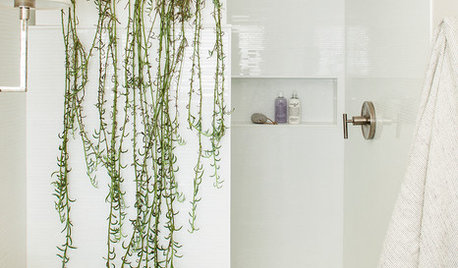
HOUSEPLANTSWhat to Know About Growing String of Bananas Plant
This quirky, trailing succulent is easy to grow on a bright windowsill or out of a hanging basket
Full Story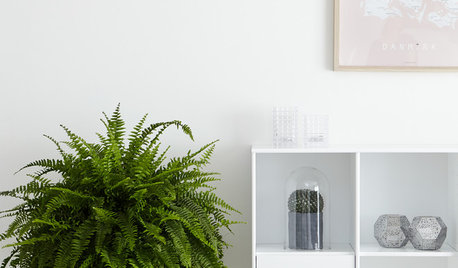
HOUSEPLANTSGet to Know Boston Fern, a Plant That’s Always in Style
This icon of the Victorian era stands out in homes of any style, whether grown indoors or out
Full Story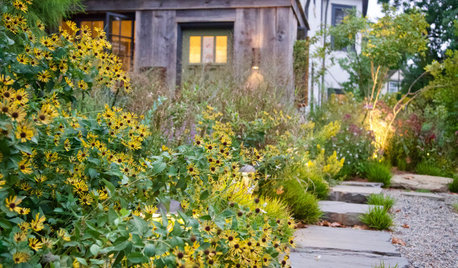
GARDENING GUIDESWhat to Know About Starting Your First Native Plant Garden
Fall is an ideal time to plant a sustainable garden that supports wildlife and looks good too
Full Story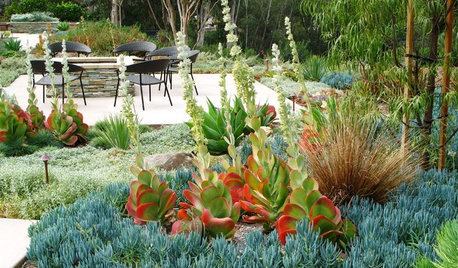
GARDENING GUIDESGreat Design Plant: Paddle Plant
If you're looking for awesomely strange foliage and low care requirements, this succulent is right up your alley
Full Story
GARDENING GUIDESInvite Mining Bees to Your Garden by Planting Their Favorite Plants
Look for mining bees (Andrena) pollinating woodland wildflowers in U.S. gardens this spring
Full Story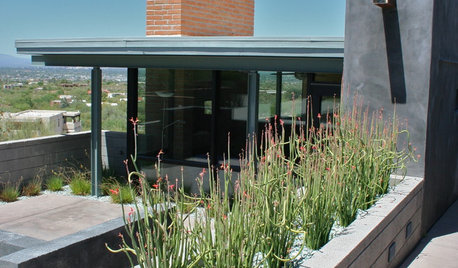
GARDENING GUIDESGreat Design Plant: Slipper Plant
Unthirsty succulent looks great all year and offers an unexpected surprise in fall
Full Story
GARDENING GUIDESWhat’s in a Name? See 6 Wildflowers That Aren’t ‘Weeds’ at All
Dispel the stereotypes of weeds and try these wildlife-supporting native wildflowers in your garden
Full Story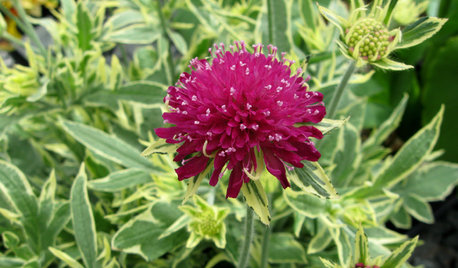
GARDENING FOR BUTTERFLIESGreat Design Plant: Thunder and Lightning for Midsummer Garden Color
Get over the mouthful of a name; focus on the dramatic foliage and gorgeous magenta flowers of Thunder and Lightning field scabious
Full Story
GARDENING FOR BUTTERFLIES3 Ways Native Plants Make Gardening So Much Better
You probably know about the lower maintenance. But native plants' other benefits go far beyond a little less watering and weeding
Full Story
COLORHave You Heard the Hues? 15 Colors You May Not Know About
Name-drop these shades at holiday parties — or better, try one on your walls — and expand your palette possibilities
Full Story








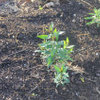

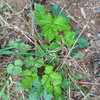
ken_adrian Adrian MI cold Z5